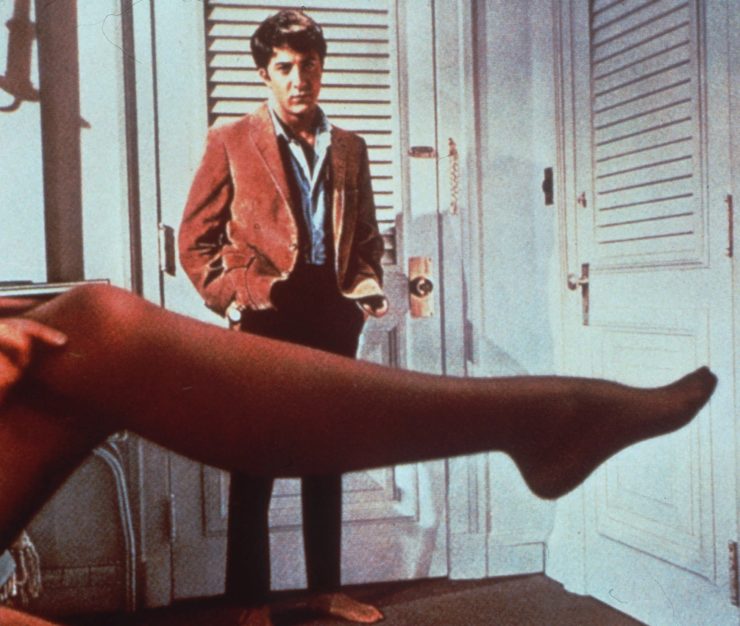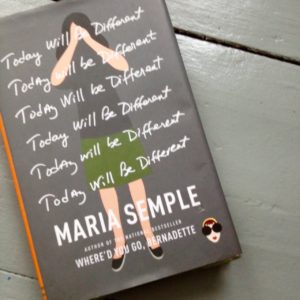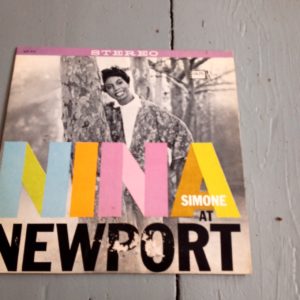
Dustin Hoffman looks over the stockinged leg of actress Anne Bancroft in "The Graduate."
Just in time for the weekend, here’s a little list of some of the things I’ve been listening to and reading this week, some of it online — Storyboard included, natch — and some of it on vinyl or actual ink and paper.
Two of my biggest loves are narrative journalism and music, and I’m lucky that my days are filled with both. When reading stories, I get inspired by songs I think fit the article’s theme — a soundtrack. To start out, here are a couple of this week’s Storyboard articles, and their soundtracks:

Illustration by Joanna Neborsky (http://joannaneborsky.com/)
Annotation Tuesday! Jessica Weisberg and The Atavist’s “A Family Matter.” This annotation is fascinating for the look at a possible future of journalism. As the lede says:
Jessica Weisberg believes that narrative journalism is heading toward a post-platform world where reporters pick the right medium for each story. If that’s the case, she’s been training for the role of Renaissance woman.
After starting out as a fact checker at The New Yorker, she wrote print stories for The New York Times and Elle and was briefly a features editor for Al Jazeera America’s website. She then moved to radio, working as a producer and story editor with Page1, a production company that helped make the second season of the Serial podcast. Earlier this year she jumped to video, joining Vice News Tonight on HBO as a supervising producer. She’s also working on her first book, “American Guru,” which profiles famous American advice-givers across history.
The soundtrack: “Torn Apart,” by Bastille. This is a band I like in theory: good pop, danceable. But somehow the chilliness of their synth keeps me from embracing them fully.

Jayson Morton plays with his sons, Eli, center, and Silas, at their home.
Why’s This So Good? Thomas Curwen and “The Loneliest War.” It’s no secret that Tom is one of my favorite writers. He doesn’t do pyrotechnics (see Maria Semple, below); instead, the meditative rhythm and flow of his language is like poetry. That’s why he’s the perfect writer for a story like this one, about the “quiet” effects of PTSD. I like how he admits considering opening with the now-standard opening for this type of story — the terrible, and dramatic, scene that left him damaged. But he realized that the heart of the narrative wasn’t in the bang of that moment, but the whimper of his home life in the aftermath, the eerie calm of someone avoiding reality.
The soundtrack: “After the Storm,” by Mumford and Sons. Like the story, this song is quiet, acknowledging pain and doubt and fears, but deciding to embrace love, and life.
What I’m reading online: There’s lots of great stuff out there to start the New Year right. Here are a few:
Maneuvering a new reality for US journalism. Journalist Nic Dawes has worked in South Africa and India, and offers some advice for American reporters who are confronting a new world under Donald Trump. This is a great line: “The rest of us get irritated with you at times, in the manner of less privileged relatives, but you have given the rest of us a good deal over the years, standards to aspire to, innovation to build on, voices of great clarity. Here is some advice in return.”
The Crazy Story of the Professor Who Came to Stay — and Wouldn’t Leave. This reads like an academia version of that movie with Michael Keaton as the deranged tenant. It left me feeling unsatisfied, however, because we don’t understand what made the guy tick. It’s an understandable gap, seeing as he wouldn’t talk to the reporter, but you’re left imagining how wonderful it would have been if we knew his psyche a bit more.
The Detective of Northern Oddities. We’re going to feature this soon on Storyboard, so I won’t say much more. But the topic is timely and the writing is wonderful.
 What’s on my bedside table: “Today Will Be Different,” by Maria Semple. I loved her breakout hit, “Where’d You Go, Bernadette.” What an amazing writer she is, both in style and plotting! This one took me longer to love. At first, she seemed a bit frantic, trying to impress us with her writing gymnastics; I was exhausted. But then the plot kicked in, and more important — the heart. How about this bit, where the narrator, Eleanor Flood, is looking at her son, Timby: “How do I break it to you that people aren’t predictable? That life is confounding and sadistic in its cruelty? That when things go your way, it never makes you as happy as your expected, but when things go against you, it’s a cold-water jolt, an unshakable outrage that dogs you forever.”
What’s on my bedside table: “Today Will Be Different,” by Maria Semple. I loved her breakout hit, “Where’d You Go, Bernadette.” What an amazing writer she is, both in style and plotting! This one took me longer to love. At first, she seemed a bit frantic, trying to impress us with her writing gymnastics; I was exhausted. But then the plot kicked in, and more important — the heart. How about this bit, where the narrator, Eleanor Flood, is looking at her son, Timby: “How do I break it to you that people aren’t predictable? That life is confounding and sadistic in its cruelty? That when things go your way, it never makes you as happy as your expected, but when things go against you, it’s a cold-water jolt, an unshakable outrage that dogs you forever.”
What I’m watching: I thought I’d add an extra category this week, because the last movie I (re)watched is so in sync with the Semple book, even if it predates it by 40 years: “The Graduate.” Its focus is a similarly claustrophobic upper-middle-class life, and an existential crisis. At times hilarious and utterly sad. Dustin Hoffman gives such a brave performance, including that little high-pitched “hmmph” noise he makes when he’s nervous. I knew Hoffman must have been nominated for an Oscar, so I went to Wikipedia to see if he won. He didn’t, but I found this cool bit about the casting: Robert Redford was considered for the role, but director Mike Nichols thought the goldenest of golden boys couldn’t play an underdog. I love this exchange: “Have you ever struck out with a girl?” Nichols asks Redford, who replies, “What do you mean?” To which Nichols says, “That’s precisely my point.”
 What’s on my turntable: Although I spend most of my time listening to music on Spotify, sometimes I want to hear the needle touching down on vinyl. This week’s vinyl: Nina Simone at Newport. One of my most cherished concert experiences was seeing Nina Simone live, in one of her last shows. She was still a diva, still angry, still the most amazing force of nature, even if she was moving a little more slowly, was playing a little less assuredly. I can only imagine how she must have blown the audience away at Newport in 1960, at the peak of her powers. As the back cover says in big type: Arrangements by Nina Simone. She’s clearly in control here, which is so inspiring: a black woman calling the shots in 1960.
What’s on my turntable: Although I spend most of my time listening to music on Spotify, sometimes I want to hear the needle touching down on vinyl. This week’s vinyl: Nina Simone at Newport. One of my most cherished concert experiences was seeing Nina Simone live, in one of her last shows. She was still a diva, still angry, still the most amazing force of nature, even if she was moving a little more slowly, was playing a little less assuredly. I can only imagine how she must have blown the audience away at Newport in 1960, at the peak of her powers. As the back cover says in big type: Arrangements by Nina Simone. She’s clearly in control here, which is so inspiring: a black woman calling the shots in 1960.
If you want to chat about storytelling (or music), you can reach me at editor@niemanstoryboard.org. Or you can find me at @karihow on Twitter.


